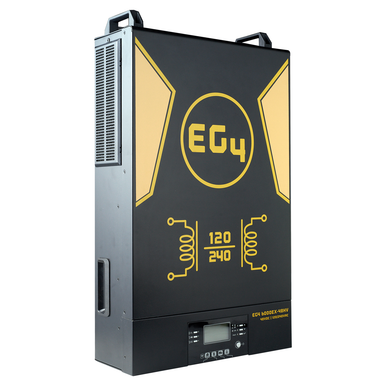I am looking at this inverter, split phase.

 signaturesolar.com
signaturesolar.com
Can I use a well pump @240V ( 2500W) and small load like a fridge 120V (300W) in the same time?
How would I wire the output? I see it has 4 wires coming out L1, L2, neutral and ground. Is there a plug that can provide 240V and 120V (in case it works simultaneously) you can recommend?
Thanks!

EG4 6K Off-Grid Split Phase Inverter | 6000EX-48HV | 6000W Output | 7500W PV Input | 500V VOC Input | Split Phase 120/240VAC | All In One Solar Inverter
Signature Solar provides solar panels, off-grid solar systems, grid-tie, and hybrid systems. Quality solar inverters, bifacial solar panels, complete solar kits, solar batteries. Featuring brands such as EG4 Electronics with their solar battery, LifePower4 and EG4 LLifePower4 and EG4 LL
 signaturesolar.com
signaturesolar.com
Can I use a well pump @240V ( 2500W) and small load like a fridge 120V (300W) in the same time?
How would I wire the output? I see it has 4 wires coming out L1, L2, neutral and ground. Is there a plug that can provide 240V and 120V (in case it works simultaneously) you can recommend?
Thanks!


